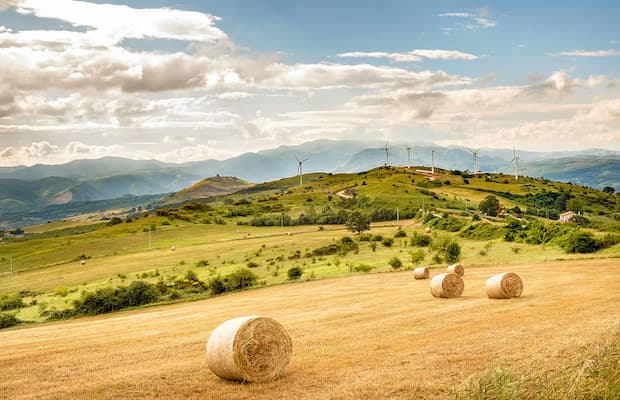
Italy’s Ecology Transition Minister Roberto Cingolani revealed yesterday that the country will have to produce as much as 72% of its electricity with renewable sources in 2030 so as to fulfil the European emissions-reduction target of 55% set for the same year.
While in conversation with the Italian daily la Repubblica, he said, “In 2030, 70-72 per cent of electricity will have to be produced mainly by wind farms or photovoltaic power plants.” He further added in the interview that the country would have to install 65-70 GW of renewable energy over the next decade and that the remaining 28 per cent of energy would be produced with natural gas. Former chief technology officer at defence and security firm Leonardo-Finmeccanica, Physicist Cingolani was a regular climate columnist for the same newspaper until joining the government. In the past, he has been a well known supporter of methane gas and even told oil and gas company Eni’s in-house magazine in February 2020 that while “fossil fuels are very polluting” indeed, in the medium and long-term, “gas is the most sustainable resource.”
Following the example set by countries like Spain and France, the Italian Ministry for Ecological Transition was set up in February this year, an institution meant specifically for the transformation of the country’s production system towards a more sustainable model by taking over energy policy responsibilities previously shared with other departments. Being in charge of the ministry, Cingolani is responsible for deciding how to spend $84 billion out of $260 billion of the Recovery Plan, the European scheme to relaunch Italy, of which green projects will account for a whopping 37%. Italy is the largest recipient of the EU’s recovery fund, receiving nearly a third of the whole package.
At the time of the new green ministry’s establishment, Ivan Novelli, president of Greenpeace Italy, had said, “The political sector in Italy has never considered the climate emergency as a priority. Prime minister Draghi’s approach is very different”. Stefano Ciafani, president of environmental organisation Legambiente, had also appreciated the move by saying, “The resources [of the Recovery Plan] are many and they all need to be spent on the right projects: wind and photovoltaic installations, implants for circular economy” alongside the “need to simplify bureaucracy, reinforce environmental control and professionalize public administration. His words [Draghi’s] give us hope.” But environment activists at Greenpeace seem to be less keen on Cingolani’s focus on gas, and say that not only should the country increase its 2030 renewable electricity target from 55% to 70%, but also invest in vehicle charging infrastructure to meet its 2030 target for six million electric vehicles. As the ministry’s new policies unfold, the world’s eyes will be on Italy and its evolving masterplan to transition to clean energy.




























